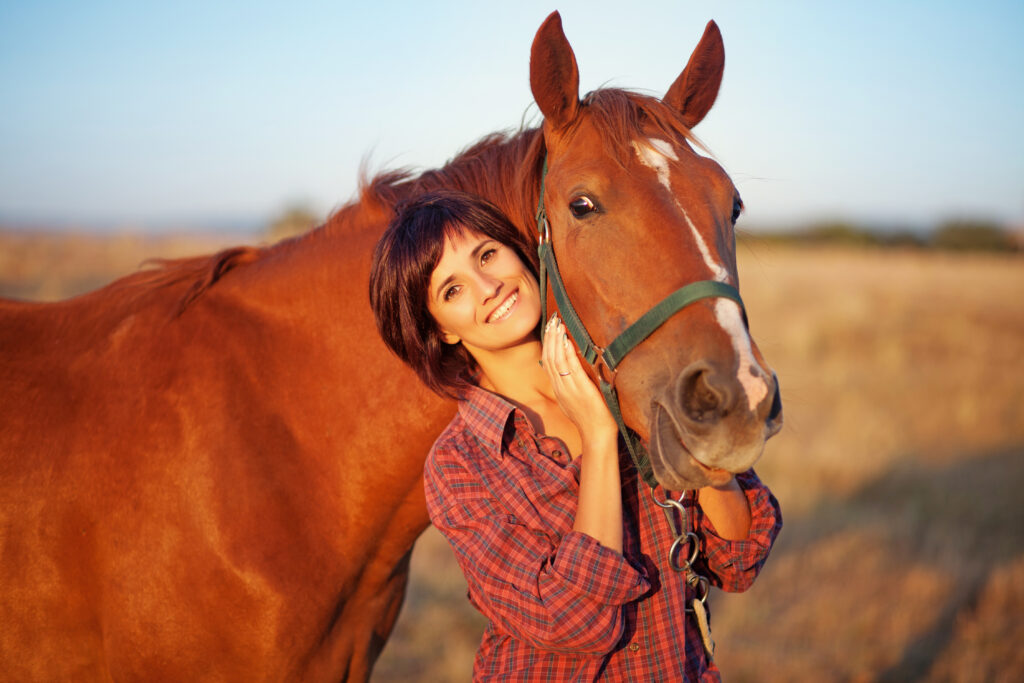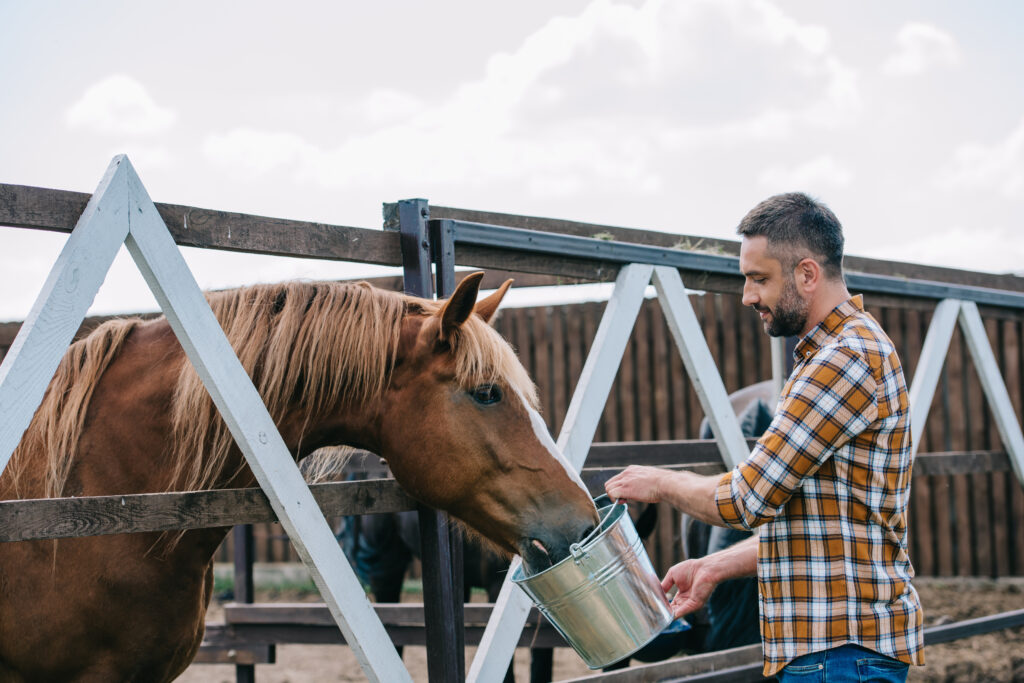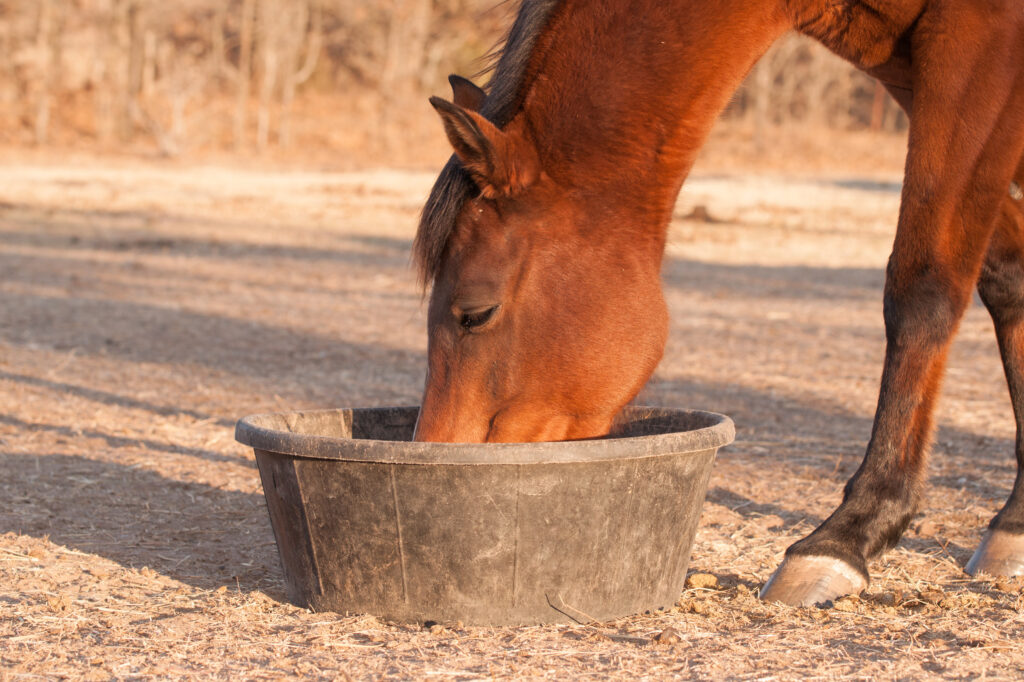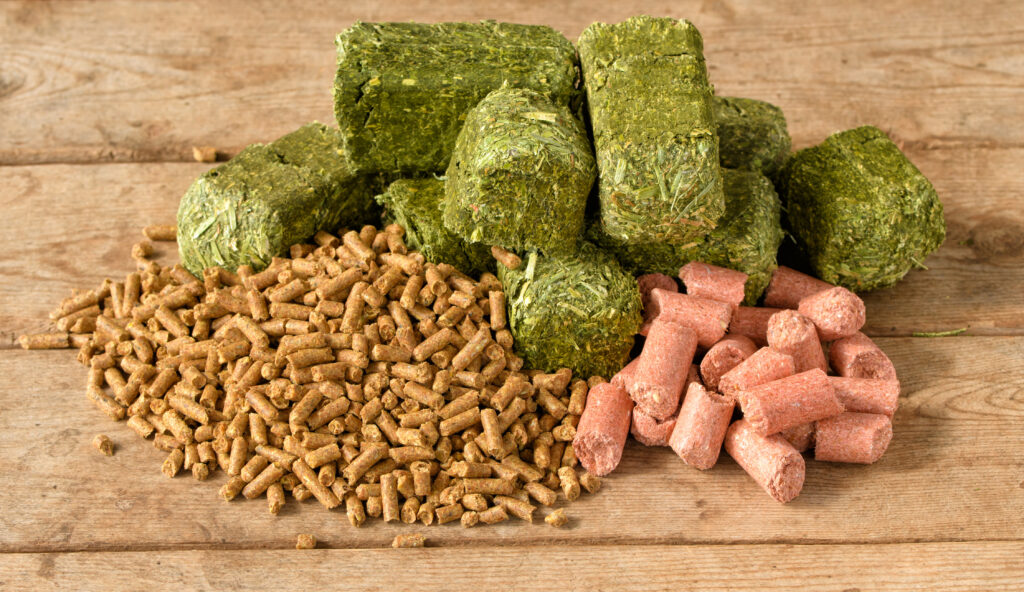
Once a new horse joins your stable, one of the first things that come to mind is how to care for its health and well-being. Nutrition plays a central role in ensuring that the horse grows and develops to its full potential while being robust and free of ailments. Moreover, the food quality can affect its outer appearance. For instance, your horse’s diet can alter the sheen on its mane and the brightness of its eyes. Because of its importance, creating a diet plan suited to your horse’s nutritional needs and personal preferences is necessary.
A new diet plan can also be helpful for horse owners who often encounter health problems with their furry pals. For instance, horses fed irregularly or given low-quality food items are more likely to experience stomach ailments, poor performance, and lethargy. If not promptly addressed, some of these sicknesses can affect the animal’s growth and even become fatal in extreme cases.
To ensure that your horse is receiving the required macrominerals in the equine diet and other essential elements for its health and wellness, here are some tips you can consider to help you create its diet plan:
- Gather Relevant Horse Health Information
Whether for a new horse or one born in your stables, you’ll need to gather relevant health information about your furry pal. You can use the data as a basis to create a personalized diet plan and compare different feeds for horses to identify ones that would best suit their requirements. Here are some examples of information you’ll need:
- Age
Like other animals, a horse’s diet also changes as it grows up. Specific feeding and dietary requirements are suitable for each age group, such as foals, yearlings, colts and fillies, stallions, geldings, and mares.
- Height
To measure your horse’s height, use a measuring tape or stick and start counting from the ground up to the highest point of the horse’s withers. This point refers to the ridge found between the shoulder blades of a quadruped animal, and this is where you’ll stop the measurement when taking the horse’s height. To follow global standards of horse measurement, use centimeters to record its height.
- Weight
Determine if your horse is of average weight based on age, breed, and height. Some of the most common tools to measure weight are a weighbridge, weigh tape, or a mathematical formula that helps determine the horse’s weight by its girth and body length measurements. Then, you’ll need to identify your horse’s Body Condition Score (BCS) to determine whether the degree of fat cover is ideal for its gender and activity level.
- Health Status
Identify if the horse is in perfect health or if there are persistent medical concerns that need to be addressed.
- Temperament
As with humans, horses also possess unique personality traits. Some examples of horse temperament are aloof, social, fearful, or aggressive.
- Energy Level
Describe your horse’s activity level daily and its performance in each activity. For example, you can rate the speed of a sports horse when moving, walking, or running.
- Medical History
Take note of past ailments, sicknesses, congenital disabilities, and other health concerns. Keep a detailed and updated health record for each horse you have so that it’ll be easier to analyze results after changing their diet. It’s an effective way to keep track of their health status and determine if there are further changes that need to be made.
- Describe Your Horse’s Current Diet
The next step in creating a customized diet for your horse is to analyze its food and nutrient intake to see if it meets the required dietary requirements. To do so, you need to list down information such as:
- Diet components
List down how many hours the horse spends grazing and eating forage. Then, add the amount of hay, grains, commercially-produced feeds, vegetables, fruits, and other items consumed regularly.
- Forage details
You’ll also need to take note of the types of plants the horse grazes on and how much. For instance, you can list the different types of plants your horse eats or has access to regularly and describe how often it consumes them.

- Feeding schedule
Your horse’s feeding time is also essential in keeping it healthy and well-fed. Hence, if needed, you’ll need to determine its regular feeding schedule and variations.
- Water consumption
List the number of gallons of water your horse consumes per day. Because aside from food and water, you’ll also need to identify regularly the nutritional supplements your horse receives. These nutritional supplements are designed to make up for the animal’s dietary needs, which can be challenging to meet through food, and this is why they significantly impact your horse’s diet plan.
- Learn The Ideal Food Intake To Meet Your Horse’s Dietary Requirements
Much of your horse’s food intake depends on its weight. For instance, if your horse weighs about 1000 pounds, the ideal amount of hay it should consume daily is 20 pounds. This measurement is based on expert recommendations that suggest that horses consume around two percent of their body weight in forage daily. To optimize its hay consumption, ensure that you serve high-quality forage free of mold and other impurities. You can also offer a mixture of grass and alfalfa to add flavor variety.
Grain is another critical component of a horse’s diet. You can serve grains using commercial formulations or concentrates, basing the amount on the suggested serving sizes or portions on the product label. Ensure that you’re serving sufficient food to your furry pals to give them the right combination of vitamins and minerals they need to stay strong and healthy.
- Consider Your Horse’s Eating Habits And Lifestyle
Aside from the considerations discussed above, you’ll also need to consider your horse’s eating habits, temperament, and lifestyle when designing a custom diet. Here are some examples:
- Horses That Easily Gain Weight
If your horse eats well and gains weight quickly, you’ll need to find the right balance between feeding the horse the right amounts, keeping it occupied throughout the day, and ensuring that it won’t get too hungry. Doing so will help ensure that the horse won’t become overweight or get bored during the day and will be fed in ideal intervals to prevent a hunger overdrive which can cause stomach ulcers.
If the horse grazes too much in a short time, you may need to use a grazing muzzle to prevent it from overheating. Meanwhile, you can help it fight boredom by taking it out for short walks, which can also help manage weight effectively.
- Horses With Poor Weight Or Body Mass
If your horse remains underweight and skinny despite sufficient feeding and care, ensure that there are no medical conditions that prevent it from achieving its ideal weight and body mass. You may also need to prioritize deworming treatments and find ways to boost your daily caloric intake.
For instance, you can consider extending its grazing schedules, especially if you have access to a pasture with quality grass. You can also help the horse improve its weight by serving hay and alfalfa mixtures to increase the number of calories it gets per day quickly. Finally, you can ask your veterinarian for product recommendations to purchase feed concentrates that aid weight gain.
- Hyperactive Horse
Some horses are naturally more energetic than others, though their diet can also contribute to developing excitable or aggressive behavior. For instance, those who regularly have a high caloric intake with a diet high in starch and sugar are commonly observed to be more excitable than other animals with a more balanced diet.
To help your horse regulate its emotions and behavior, you’ll need to design a diet high in forage and low in grains, which contains high amounts of starch and sugar. You can instead replace grains with items high in fiber and fat, such as alfalfa, flax seeds, and rice bran.
Lastly, you may also need to allow more time for physical activities to give the horse an outlet for the excess energy. Doing this will also help ease boredom and regulate behavior.
- Senior Horse
As your horse ages, it may lose weight or muscle mass, have weaker teeth, and become less energetic. When this happens, you’ll need to pay closer attention to its weight changes and energy fluctuations to see if you need to adjust your daily food intake. For example, horses with weak teeth may need to switch to soaked feed and hay to make it easier for them to chew and digest their food. You may also need to add more supplements if the horse’s appetite declines.
Finally, you’ll also need to ensure that it’s getting enough exercise by taking it out for a short walk or ride if its health and strength allow. Physical activities help senior horses maintain muscle mass and strength and will also help boost their appetite.
Conclusion
To create an ideal diet plan for your horse, you’ll need to consider its health status, eating habits, activity level, and other factors relevant to its well-being. You’ll also need to study its current food and supplement intake to see if any adjustments are required. Finally, consider getting the help of professionals such as your veterinarian, equine specialist, and other experts in horse health. Doing so will help you better understand your horse’s dietary needs and explore options that would make it easier for you and your furry pal to make the changes needed.


